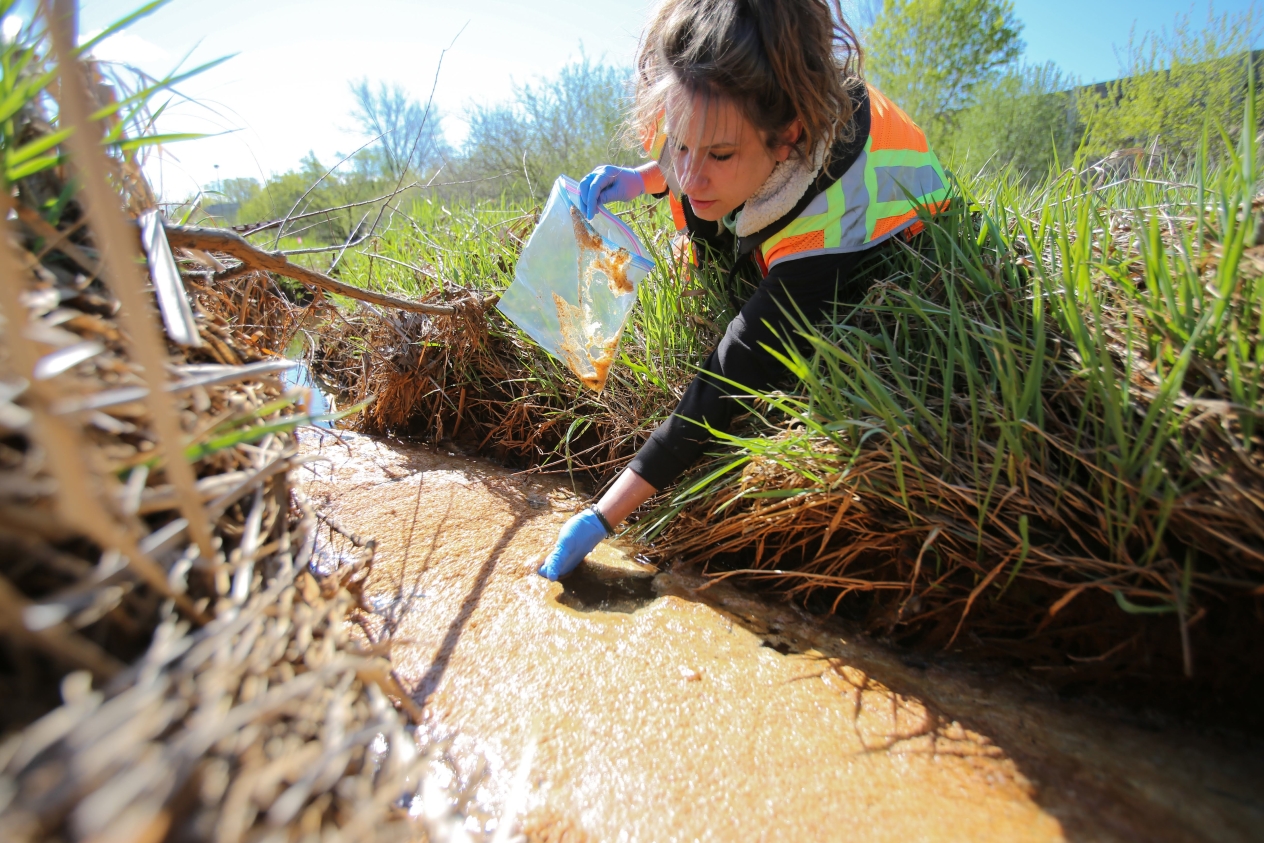
Though more work needs to be done to address the dangers of per- and polyfluoroalkyl substances — more commonly known as PFAS or “forever chemicals” — the state of Minnesota now has powerful new tools to do so after the Legislature dedicated more than $40 million in new funds earlier this year to help the MPCA with its goals of protecting Minnesotans from forever chemicals.
From significant milestones such as the passage of Amara's Law, which will prohibit unavoidable uses of PFAS by 2032, to smaller yet impactful victories that provide financial support for ongoing programs at the MPCA, the new funding and multiple new laws designed to curb PFAS use positions Minnesota as a national leader in PFAS pollution prevention.
These new laws also advance the PFAS Blueprint, a comprehensive approach to protect Minnesotans from PFAS pollution, which the MPCA launched in 2021. The Blueprint, structured around a three-part strategy of preventing, managing, and cleaning up PFAS pollution, aims to address many issues surrounding PFAS chemicals, including how to detect and measure them, quantifying their impact on human health, and keeping the chemicals out of fish and wildlife.
Key PFAS investments from this year's legislative session that the MPCA will manage include:
- Drinking water protection and PFAS response: Provides $25 million to support the planning, design, and bidding of public drinking water treatment systems to combat PFAS contamination. The MPCA will also use the funds for testing and installing treatment systems on private wells and for investigating sources of PFAS contamination to drinking water wells.
- Amara’s Law, PFAS non-essential use restrictions: Bans PFAS in 11 product categories by 2025 (carpets/rugs, cleaning products, cookware, cosmetics, dental floss, fabric treatments, juvenile products, menstruation products, textile furnishings, ski wax, and upholstered furniture), requires reporting on PFAS in products by 2026, bans non-essential uses of PFAS in all products by 2032, and authorizes the MPCA to determine which PFAS uses are essential. This provision also provides the MPCA with authority to develop rulemaking related to essential-use exemptions, authority to cover costs to implement the ban via fees on PFAS manufacture, and enforcement authority.
- PFAS source reduction grants: Provides financial assistance to businesses and local governments for reducing or eliminating the use or release of PFAS. Grantees would be able to use the award to identify product or process changes, design treatment strategies, and monitor the effectiveness of changes.
- PFAS provisions related to firefighting: Modifies the definitions for “class B firefighting foam” and “PFAS chemicals” and imposes a ban on the manufacture, distribution, sale, and use of class B firefighting foam that contains PFAS chemicals. Requires a report, due January 15, 2024, on PFAS in firefighters’ gear and funds biomonitoring for PFAS in the blood of firefighters.
- PFAS Water Quality Standards: Requires MPCA to adopt rules establishing water quality standards for PFOA, PFOS, PFNA, HFPO-DA, PFHxS, and PFBS by July 1, 2026, and requires the Minnesota Department of Health to promulgate a new Health Risk Limit for PFOS by Jan. 1, 2026.
To help implement the PFAS Blueprint, the Legislature also provided an annual appropriation from the Environmental Fund to add 13 new MPCA staff members. Their responsibilities will include assisting regulated businesses and facilities with new federal regulations, implementing the Blueprint's PFAS Monitoring Plan, and assisting with projects intended to reduce PFAS use and pollution.